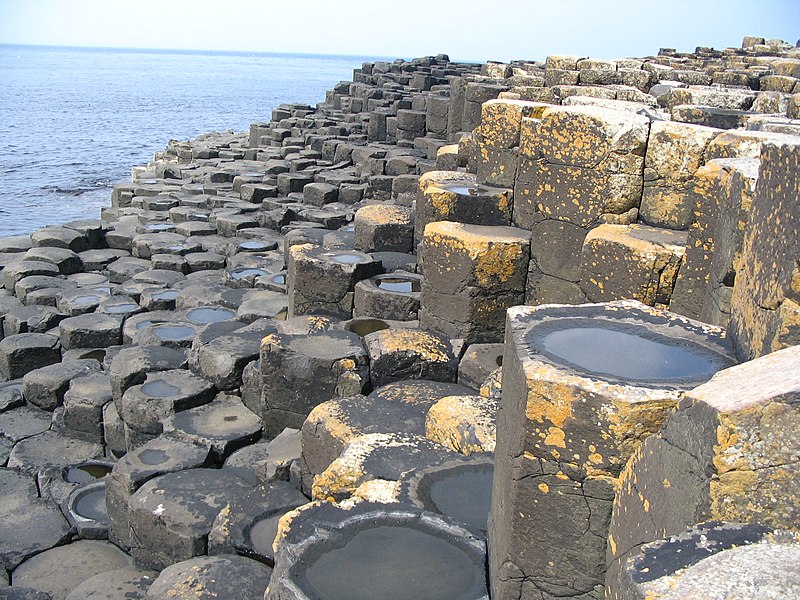The nearest hexagon to you might be on a nut (a nut-and-bolt type nut, I mean, not your nearest almond or idiot) but when we think of webs of hexagons we often think of honeycombs:

photo by Gavin Mackintosh
Much thought has been given to how bees can manage to produce such perfect hexagons, but I'm afraid the answer that seems likeliest to me is that what they're doing is placing tubes of soft wax as close together as possible, and this means they automatically end up squashed together into perfect little hexagons.
I don't think the Giant Finn McCool (who was, let's face it, a great idiot) put a lot of scientific thought into making the hexagons of his causeway, either:

photo by Patrice78500
Where else can you see hexagons? On the skin of a custard apple:

photo by Thamizhpparithi Maari
which just goes to show that irregular hexagons can be fitted together, too (this mind-bending example below, and several others, can be found HERE:

Where else?
Lots of places, probably.
How about having a good look at your nearest pencil?
Spot the Frippet: hexagon: The Greek for six is hex. The -gon bit comes from the Greek gōnia, angle.
No comments:
Post a Comment
All comments are very welcome, but please make them suitable for The Word Den's family audience.